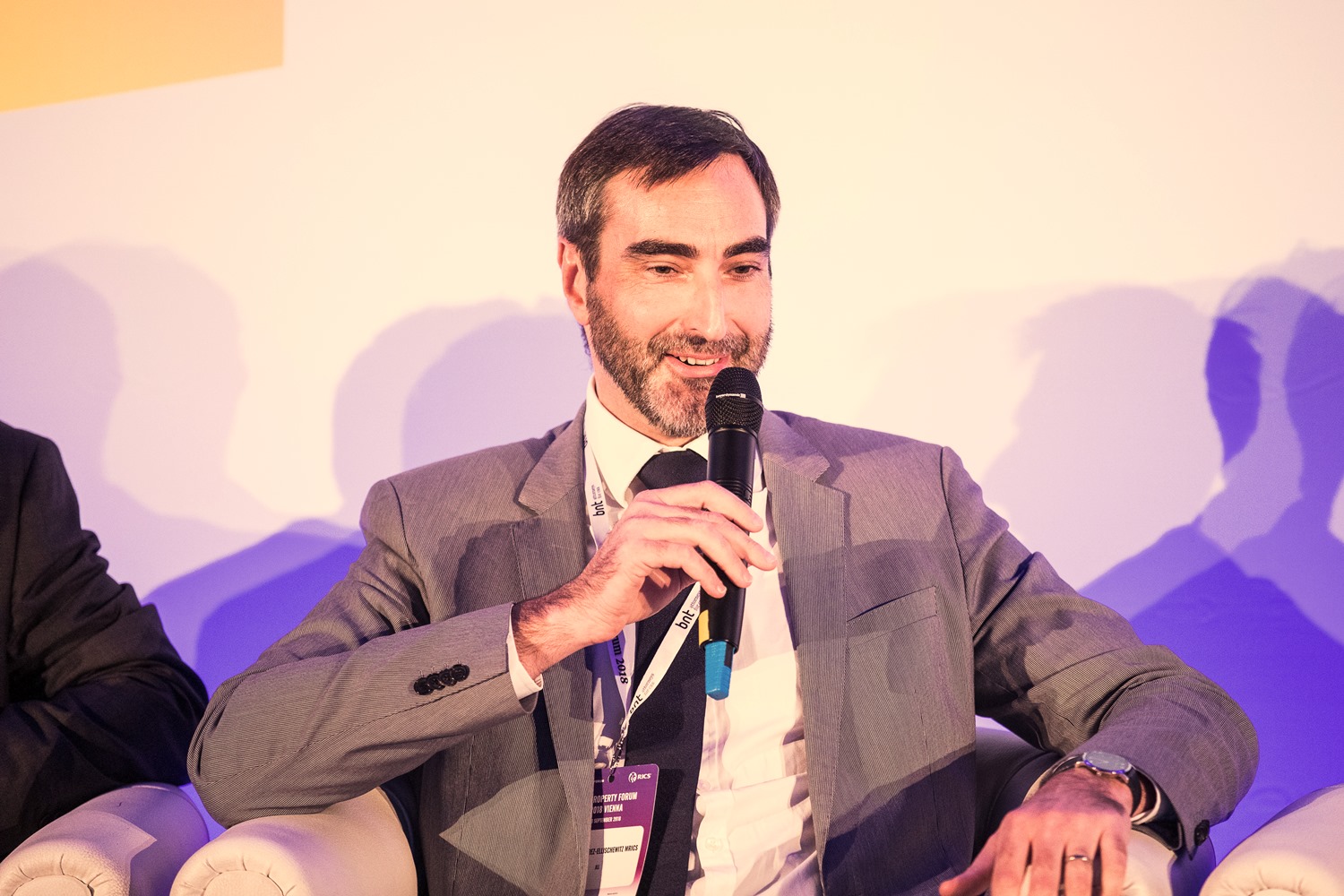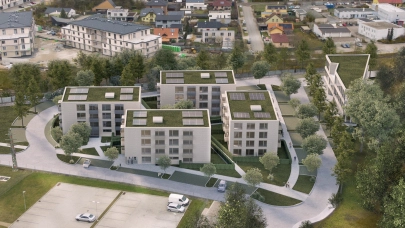
The first six months of 2018 haven’t been the strongest for the Hungarian investment market but the current pipeline of deals leaves much room for optimism regarding the remaining months of the year. Benjamin Perez-Ellischewitz MRICS, Regional Director and Head of Capital Markets Hungary at JLL talked to us about new investments, rising asset classes and game-changing technologies.
H1 2018 was a record-breaking half year for the CEE investment market but Hungarian figures were a bit underwhelming by comparison. What was the reason behind this?
There is a very strong activity in the Czech Republic and Poland so we might set a new record for CEE in 2018. The underwhelming Hungarian figures were mostly a result of delays in the closing of a few major deals. The sale of MOM Park in August or Mammut in September will significantly push the numbers as these two deals alone add around €450 million to this year’s investment volume and by the end of Q3 2018, we should be at €1.3 billion. Investors have a strong appetite for logistics in the region but unfortunately, there’s not enough liquidity on the Hungarian market as it is dominated by a small number of large players that are quite captive and are looking to expand their portfolios. The irony of being an agent is that the two sides never match. For years we had products to sell but didn’t have enough investors. Now that we have more investors there is a lack of product.

Benjamin Perez-Ellischewitz
Regional Director, Head of Capital Markets, Hungary
JLL
Can this result in forward deals becoming more popular?
We might see some forward deals happening. What we saw already is that some investors are very eager to secure assets. They take an active approach and try to shortcut an open marketing process. We saw this in the case of MOM Park and there is also a large office portfolio where the potential buyer found the seller before the asset even came to the market.
Do you think that this competition will drive yields even lower?
There is this understanding on the market that local funds have the 6% level as a benchmark. So far this level functioned as a psychological barrier, but we’ll see what happens in the coming months. There are lots of different components to consider here. Rents, for example, have gone up recently but not enough to compensate developers for the loss in profit caused by rising construction costs. Developers hope to offset their profit loss by the expected increase in prices which is right now supported by valuations. That is, if we look at Hungary in isolation. If we look at relative pricing within CEE, it is clear that even though investment activity is strong, the perception of international investors is that Hungary still should be at a discount to Poland or the Czech Republic.

With prices rising would it make sense for some investors to postpone buying for a year or two?
As we know it’s all about playing the cycle. Still, I think if you’re a long-term investor the fact that prices may go down in two years is not preventing them from buying today. You need to look at the fundamentals and the long-term sustainability of the income. If you’re a private equity investor with high return requirements, timing is of the essence. We don’t see many of these players buying today and that’s because it makes sense for them to wait.
Do you see new investors coming to the region also targeting Budapest?
Asian investors are increasingly looking at Europe. A lot of capital is coming from Japan, China and Korea, but their focus in the region so far has been on Warsaw and Prague, not on Budapest. Hungarians like to think that they are really good at marketing themselves in the Middle East or Asia. Clearly, some others in the region are doing quite well too..
Local investors have become dominant players in recent years. What does this mean for the stability of the market? Can they limit the entry of new foreign investors?
I think that the fact that we have a group of strong local investors is definitely positive as it is a strong signal on the maturity of the market. The current share of local investors within the total volume is quite healthy. Of course, if this level becomes too high, some international investors may start feeling that there is no room for them.
Are investors only looking at core products or are they open to secondary markets?
We definitely see an appetite for value-add opportunities on the market. We have been marketing the Gizella site of Siemens which is not a core product even though Siemens will commit to a partial leaseback but still offers a good opportunity for lease-up and redevelopment. The asset was received well by both local and international investors which goes to show that there is liquidity in all segments and sizes.
Are investors warming up to alternative asset classes?
Alternatives such as student housing still have issues in terms of scaling up but we are definitely seeing more interest. Student housing is starting to trade in the CEE region but development is going slower in Hungary than I would have expected. There is one product on the market which is on sale as part of a portfolio of several European assets. In the end, he Hungarian asset might trade individually but price expectations might be too sharp for an asset class that has not yet traded in Budapest.
Institutional investors, globally and in Europe, are also looking at multi-family, but unfortunately, this is a product that doesn’t really exist in the region yet, except for maybe the Czech Republic. Senior housing is also an asset for which there is an appetite in Europe but there is little supply in CEE as unlike in Northern and Western Europe, seniors are the least wealthy age group in CEE, so it will take more time before we see a lot of activity in this segment. There are other asset types such as data centres which are also not present in Hungary or CEE.
Do you expect to see any activity in the regional cities of Hungary?
We might see some activity in secondary cities, mostly in retail and logistics, of course. An office building already changed hands in Szeged and there will be some interesting assets coming up in Debrecen.
What are the main concerns investors share with you when they are assessing investment opportunities in the region?
Investors are concerned about where we are in the cycle. It is not a Hungarian specific concern. Easy and cheap money won’t be available forever as major central banks are already raising interest rates and/or closing the quantitative easing tap. Some say that economies are getting overheated in CEE and local central banks should take action but that hasn’t really been the case. Besides interest rates, one of the biggest concerns region-wide is the lack of employable people which is limiting the growth of companies.
Can this be at least partially resolved by automation and robotisation?
I don’t think so. Setting up a robot costs the same in Western countries so why would international companies move them here?
How do you think proptech is changing the CEE real estate landscape? In Poland, for example, we have already seen the first blockchain-based leasing transaction.
I think that we are at the start in terms of proptech. There is much more activity going on in Western Europe and even the companies that are here in CEE are mostly targeting Western markets.



